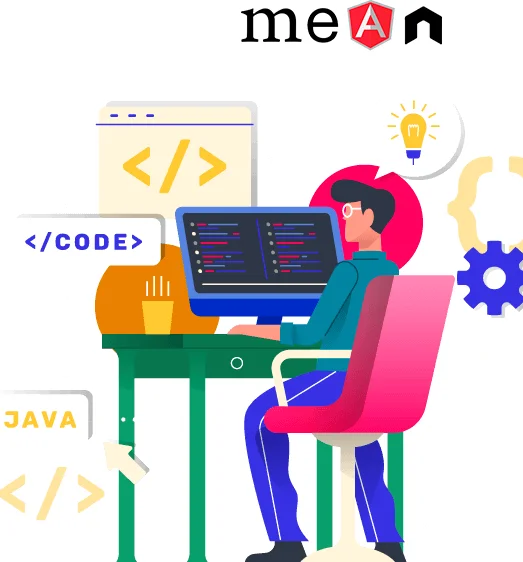MEAN Stack Training
Create a MEAN Stack application step by step from the Scratch. Learn the top skills of full-stack web development with Node JS, Mongo DB, Express, and Angular modules.
- Get ahead with MEAN Stack development, understand the end-to-end development cycle through experience
- Design and launch enterprise style applications with exceptional features
- Learn Route Single Page Applications (SPAs) and Development

